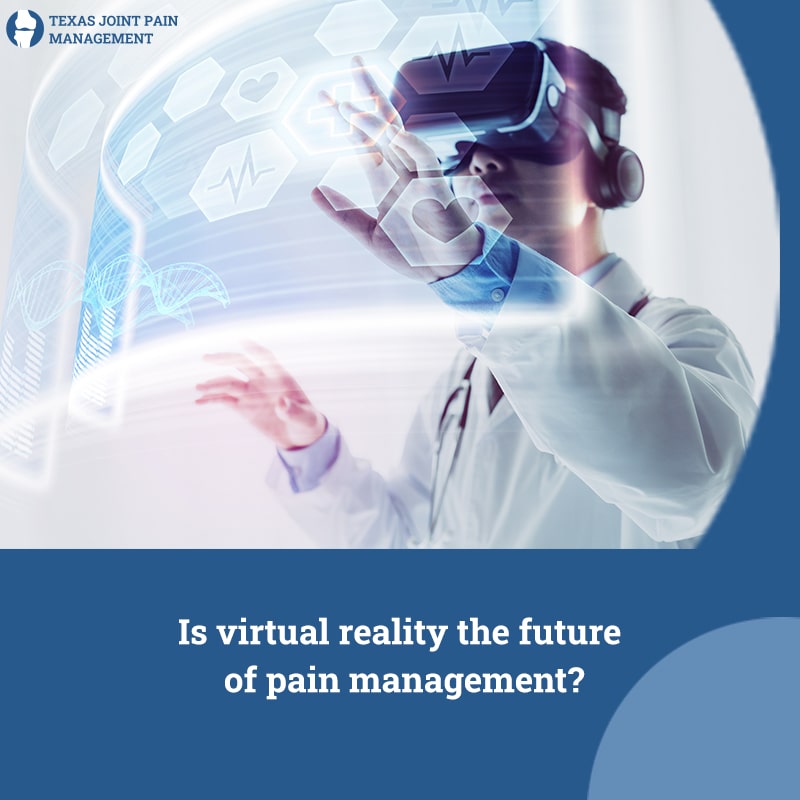Have you ever imagined being transported into a ‘virtual world’ where your health issues could be distractedly manipulated?
As scientists and physicians today race towards finding innovative and effective strategies to treat pain problems, they are seriously considering the role technology could play in the same. One of the most exciting and promising usage of technology in pain management today is virtual reality. Virtual reality is being quickly adapted into the medical and healthcare industry, transforming the way patients receive and physicians give care.
Originally, VR technology was solely recognized for its entertainment value; however, in the past 10 years, its application has been expanded to a variety of clinical areas, including pain management. VR now has been under testing for many years to be effective in the treatment of pain and anxiety. Over the recent years, technological improvements have helped make this research out of Universities and into hospital wards – helping those in pain today.
The Premise
The idea behind the usage of virtual reality in pain management is to create an artificial environment for patients with which they can relate to and interact with. While doing so, the process can tap into a number of their senses such as sight, touch, and sound. So, do we mean virtual reality headsets? Yes. Users wear a head-mounted display with a close proximity screen that creates a sensation of being transported into a 3-dimensional world.
One of the first and most beneficial uses of virtual reality in pain management is distraction therapy. In distraction therapy, as the name suggests, you are simply diverting your attention from your pain to something else. It simply captures your mind’s attention and limits pain signals from reaching your brain. Sometimes, pain can overpower the human brain’s ability to focus. Using virtual reality, one can not only shift their attention from pain but also keep themselves engaged and connected to the virtual experience. For example, for someone who likes to go on rides but can’t due to their chronic pain problems, using a virtual riding experience could be a great choice.
While a lot of studies have been conducted on the effectiveness of virtual reality and distraction therapy for pain management, most of them appear to be for acute pain episodes. Sometimes virtual reality can help a patient experience lesser pain through a painful treatment procedure. Researchers however are still figuring out ways to help patients with chronic and longer pain problems use virtual reality as a therapeutic tool.
Knowing how much pain can affect our good mood, communication patterns, attitude, and motivations, if virtual reality could somehow help lessen the effects of pain on our daily lives, it could be a real game-changer. Let’s hope that a virtual reality treatment plan becomes present in every pain management specialist’s medical kit in the coming future.
To get relief from your acute and chronic pain problems, visit https://www.texasjointpain.com/book-appointment right away.

